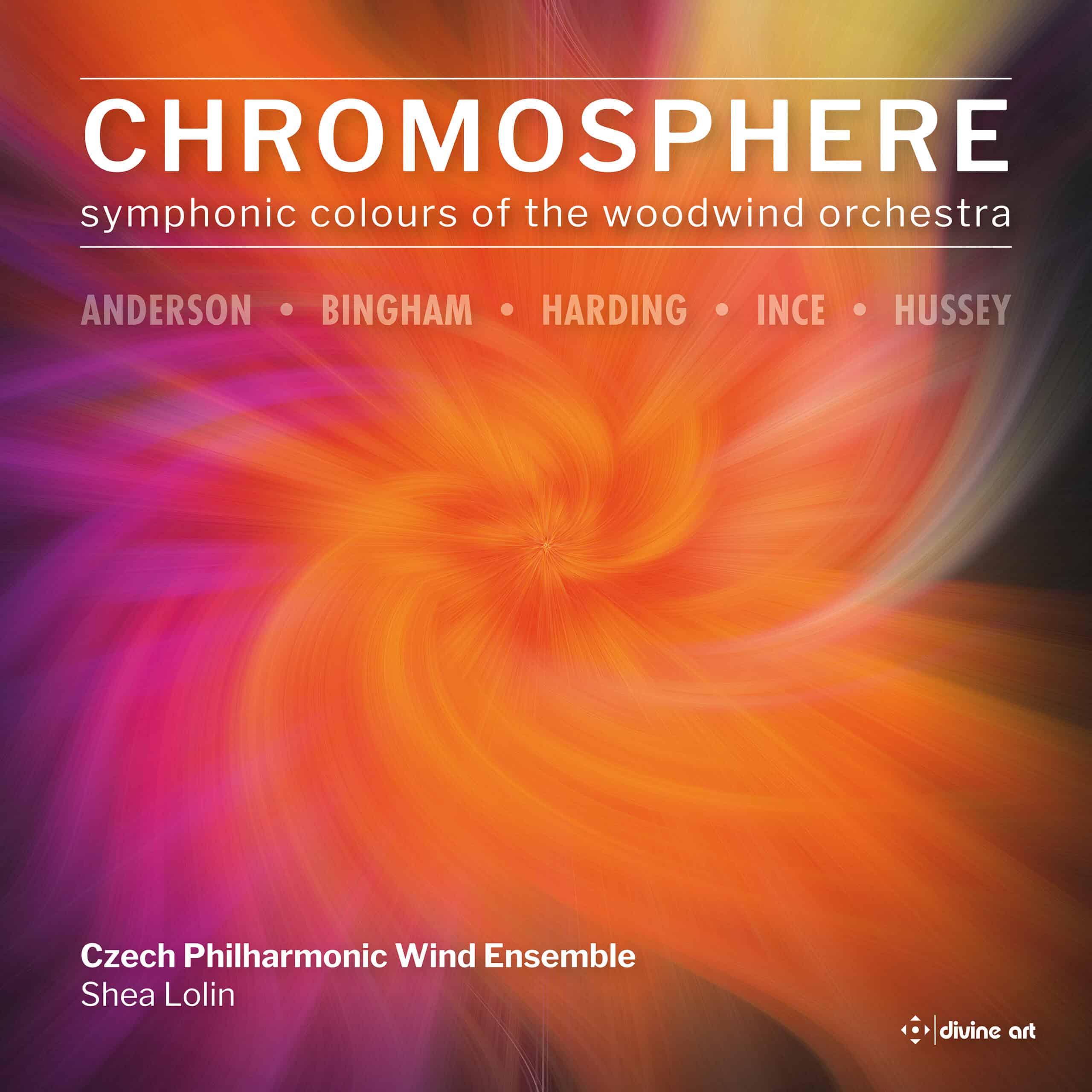Clarinet & Saxophone Magazine
I have been a big fan of both symphonic concert band and the woodwind orchestra since hearing East Coast Pictures by Nigel Hess in the early 1990s. Being a woodwind player, I probably have a bias towards this combination too, so I was really delighted when this CD landed on my desk. I had never before heard the Czech Philharmonic Wind Ensemble but I did smile to see the conductor was Shea Lolin. I have seen Lolin work with many woodwind ensembles and I know how meticulous he is in getting the smallest detail out of any player, so even before I pressed play, I knew I was in for a treat. I was not disappointed; the recorded sound is great and the ensemble playing is superb with lovely dynamic contrasts, great articulation and very clear key clicking picked up in the ‘Grasshopper’ movement of Judith Bingham’s Mozart’s Pets.
All five pieces on the album are world premiere recordings and all are deeply descriptive in nature. Without doubt all the composers featured here can write well for woodwind ensemble; there are no sudden, awkward turns of phrase and a well-defined timbral palette of sound. You won’t have time to get bored despite the sound world featuring only woodwind instruments, as a constant shift in colour keeps your ears transfixed to the ever changing textures.
I have heard the music of Kieron Anderson before and I attended the 2016 educational event where Alice in Wonderlandfirst appeared. While in one movement, the work has twelve episodes – The White Rabbit, The Chase, The Queen and The Lobster Quadrille to name just a few, and you can hear in each section what the music is depicting. It is in all but name a romantic symphonic poem in the style of Richard Strauss; a playful and lively piece that would be a great concert opener for any ensemble.
The playfulness is also evident in Judith Bingham’s Mozart’s Pets: five short, witty movements, each depicting a different pet. Mozart evidently liked animals and he was surrounded by them for his entire short life. The improvised coda of ‘Dawn Chorus in a Viennese Bird-Seller’s shop’ was ingenious.
Cityscapes are the inspiration for both Charlotte Harding’s Bright Lights and Kamran lnce’s Domes. You can clearly hear the hustle and bustle of city life in the second movement of Harding’s work; the driving rhythms and the stabbing accents made me think of Gershwin’s An American in Paris minus the car horns, but it is a fine and original work. In Domes, we are in Rome viewing the skyline and contrasting this against the city of Constantine. It was vividly portrayed and I enjoyed very much the contrasts of silence, and a harmonic language which moved from traditional to the more adventurously dissonant.
Finally Christopher Hussey’s Child of the Wandering Sea is a symphonic poem in three movements, depicting the ever increasing depths of the ocean. The piece works its way down from glittering textures and repeated fragments underpinning a soaring melodic line, reflecting the abundance of marine life, to the slow and deep resonant third movement Midnight which conjures up the ocean’s depths. Great use here is made of the bass clarinet, baritone saxophone and contrabassoon.
@divineartrecordingsgroup
A First Inversion Company
Registered Office:
176-178 Pontefract Road, Cudworth, Barnsley S72 8BE
+44 1226 596703
Fort Worth, TX 76110
+1.682.233.4978












